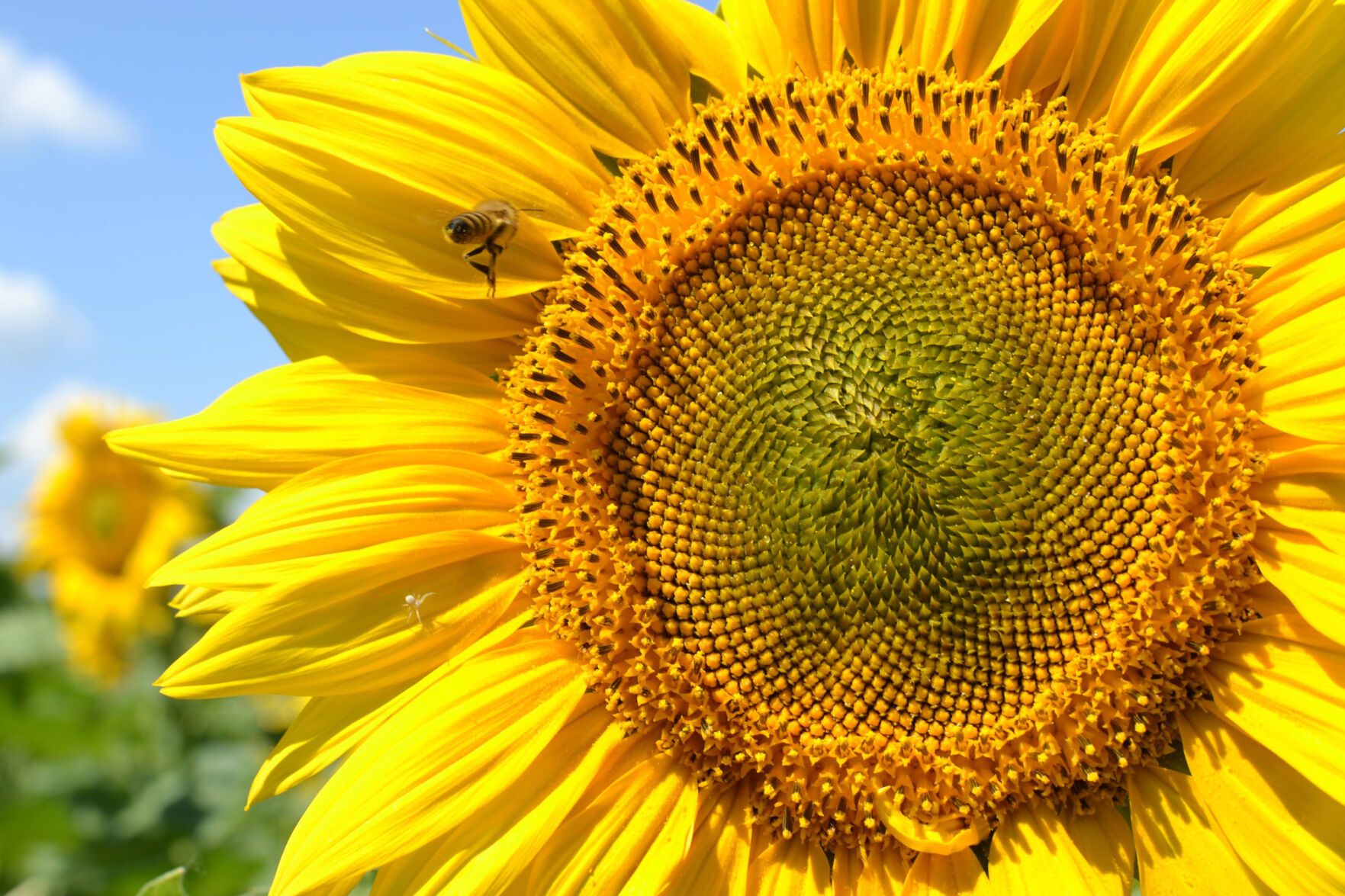Setting aside Ukraine’s geographic position and its abundant natural resources of uranium, titanium, manganese, iron, mercury, shale gas and coal reserves, the second largest country by area in Europe is also an agricultural prize to the Russian forces invading it.
Although often associated with its elaborate architecture in the Ukrainian capital of Kyiv or even the Chernobyl nuclear disaster, agriculture is Ukraine’s largest export industry and it is integral to this eastern European country.
Ukraine ranks No. 1 in arable land area in Europe and is also home to 25% of the world’s reserves of black soil or chernozem—a fertile soil that can produce high agricultural yields and has high moisture storage capacity.
The World Data Center likens Ukraine’s climate to that of Kansas, although Ukraine is somewhat drier and cooler in summer and colder and wetter in winter. The average reported rainfall is about 24 inches and farmers are able to grow both winter and spring crops. According to the WDC, more than 103 million acres or 70% of Ukraine’s total land area is used for agriculture. Also known as the breadbasket of Europe, crops make up about 73% of Ukraine’s agricultural outputs, with wheat, barley, soybeans, sunflowers and corn as the main crops grown. Worldwide, Ukraine is the fourth largest exporter of corn and barley and the sixth largest exporter of wheat. Additionally, Ukraine is the seventh largest exporter of soybeans.
The WDC indicates most of the wheat is grown in the central part of the country, with 95% of it being hard red winter wheat and typically about 80% of the domestic wheat output is considered milling quality. Barley surpassed wheat as Ukraine’s top feed grain for consumption in the early 1990s. Spring barley accounts for over 90% of barley acres, and the main production region is eastern Ukraine. It is the crop most frequently used for spring reseeding of damaged or destroyed winter-grain fields. Much of the barley demand is for malt from the brewing industry. Corn is ranked third among feed grain in Ukraine. Only 25 to 50% of the total corn crop is harvested for grain, with the remainder being cut for silage. Russia and Belarus are the main export targets for Ukrainian corn.
Oilseed ranks second as Ukraine’s subsector of agriculture. They raise sunflowers, soy and rapeseed, but sunflower seed is Ukraine’s No. 1 oilseed crop. According to the State Statistics Service of Ukraine, the country is the leading exporter in sunflower oil and seed in the world. The WDC states sunflower seed has become one of the most lucrative crops in Ukraine because of high commodity prices, low production costs and high demand.
Ukraine’s agricultural capacity and even greater production potential allows them to feed far more than the 44 million that reside there. Ukraine could feed the world or starve the world. As the conflict between Russia and Ukraine continues, one thing is certain, Ukraine is a valuable asset for multiple reasons. If Russia is successful in their campaign to control this country, it will not only be the Ukrainian people who will suffer, but the whole world.
Lacey Vilhauer can be reached at 620-227-1871 or [email protected].




